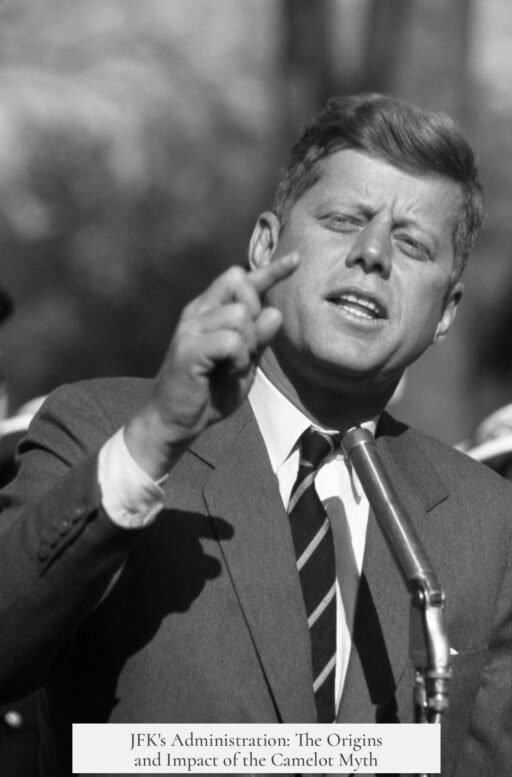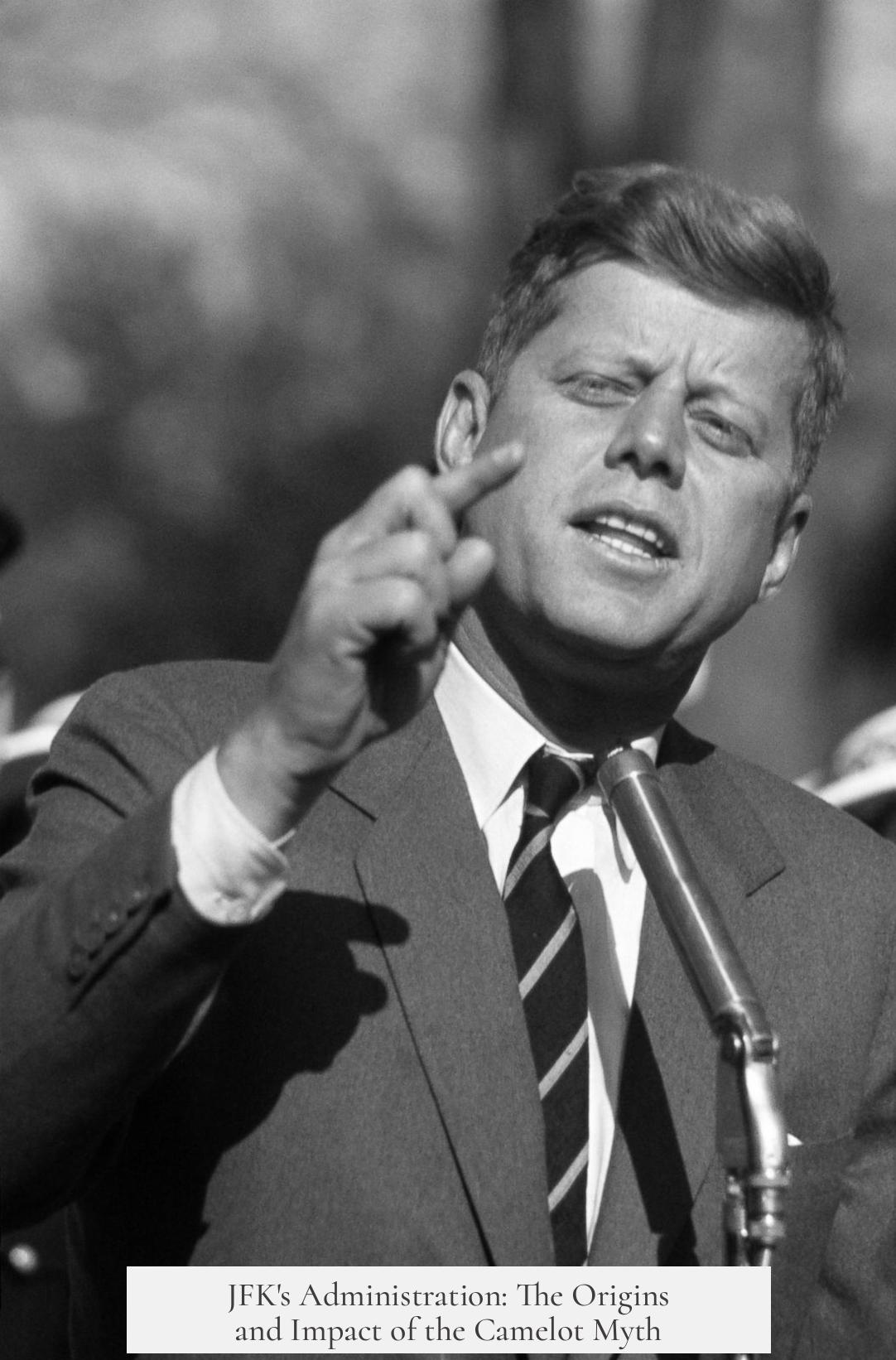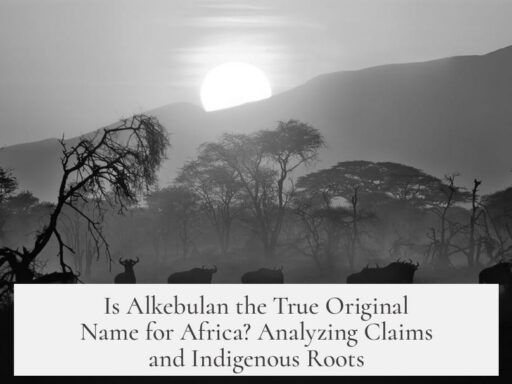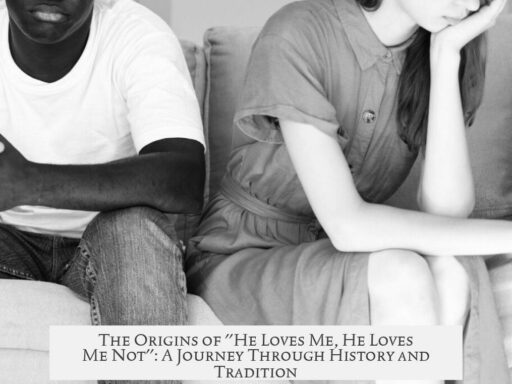JFK’s administration is referred to as “Camelot” because of a symbolic framing introduced shortly after his assassination. This reference links his presidency to the idealized kingdom in the popular Broadway musical “Camelot,” portraying his time in office as a brief, shining moment of hope and idealism.
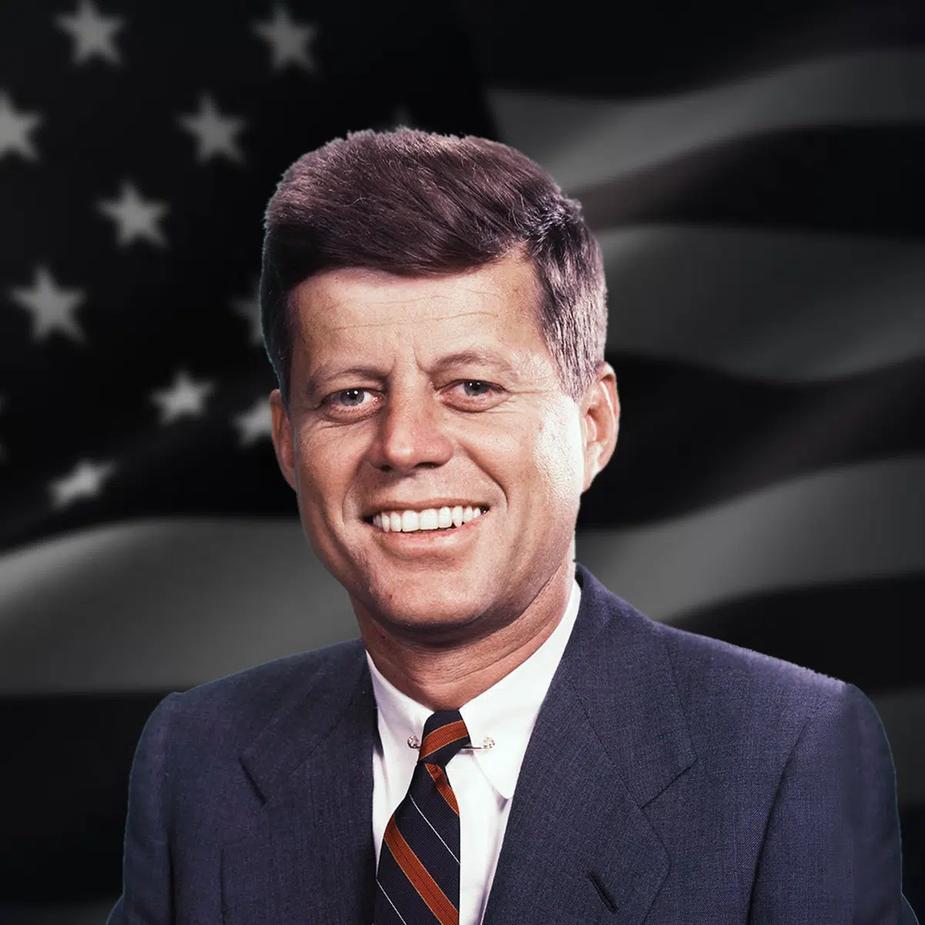
The origin of the “Camelot” myth traces back to the December 9, 1963 issue of Life Magazine. Theodore H. White wrote an epilogue soon after President Kennedy’s assassination, capturing the nation’s grieving mood. The article’s evocative framing gave rise to this enduring metaphor linking JFK’s presidency to the idealism expressed in the musical.
Mrs. Jacqueline Kennedy played a crucial role in establishing this connection. She shared a poignant memory of her late husband in the interview. JFK cherished a particular song from the musical Camelot, where the lyric goes:
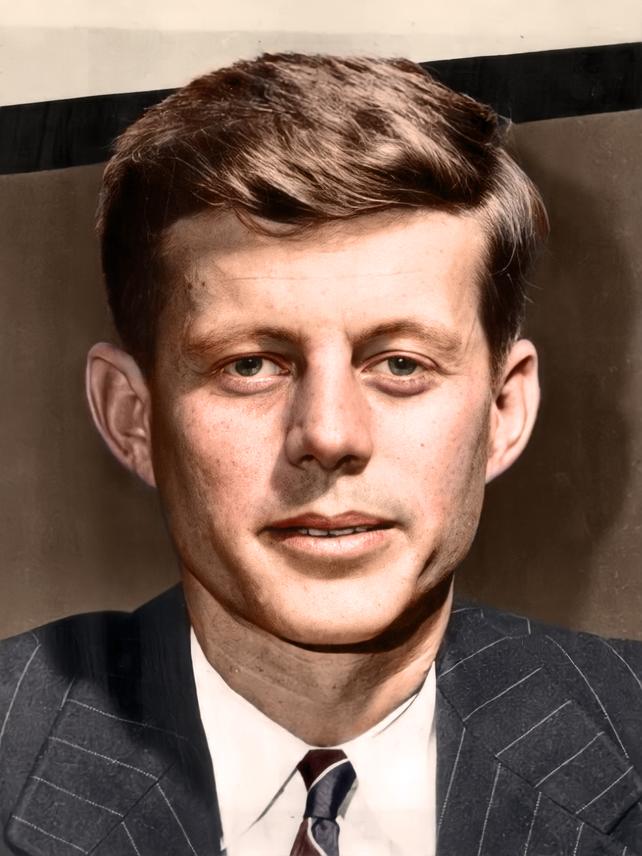
“Don’t let it be forgot, that once there was a spot, for one brief shining moment, that was known as Camelot.”
She explained that Jack found inspiration in history and heroes, often reading about knights, Marlborough, and legends during his childhood. History shaped his idealistic view of leadership and heroism. By invoking this lyric, Mrs. Kennedy painted his presidency as a noble but fleeting era.
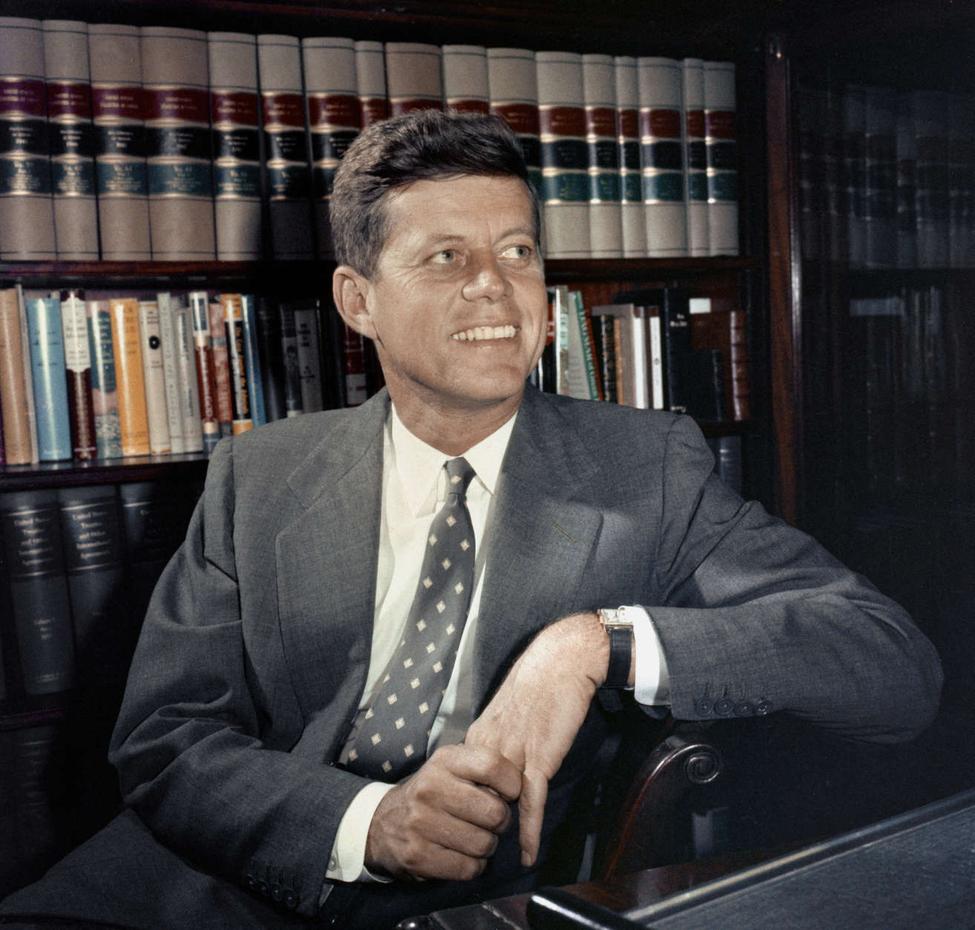
The musical itself was culturally prominent at the time. Composed by Alan Jay Lerner and Frederick Loewe, Camelot premiered just after the 1960 election. It ran for 873 performances and closed in early 1963, months before JFK’s assassination. The original cast recording, featuring Richard Burton and Julie Andrews, dominated the LP charts, ensuring wide public familiarity with its themes.
During an era when rock and soul dominated singles charts, the Camelot album was uniquely popular, becoming the highest-selling LP for over a year. This widespread presence meant the melody and lyrics Mrs. Kennedy quoted resonated strongly with Americans.
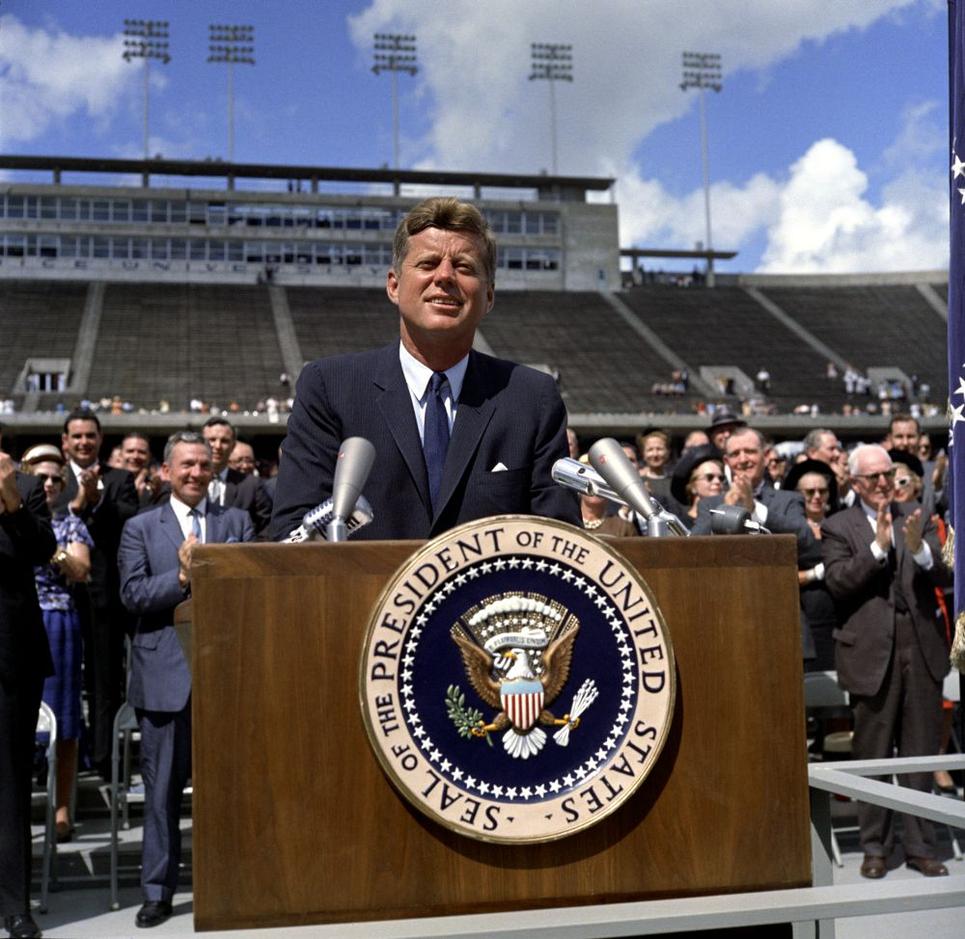
The metaphor struck a chord because it offered an optimistic, heroic image at a moment of national tragedy. Mrs. Kennedy’s choice to publicize the lyric in Life Magazine tapped into the nation’s yearning for hope. She clarified that history had made her husband the idealistic figure he was, serving both to humanize and elevate him.
There is speculation that Mrs. Kennedy’s invocation of “Camelot” was a deliberate effort to shape JFK’s enduring legacy. By emphasizing heroism and hope, she forestalled negative narratives and preserved his image. Reportedly, Life editors initially considered omitting the reference, but she insisted it remain in the published piece.
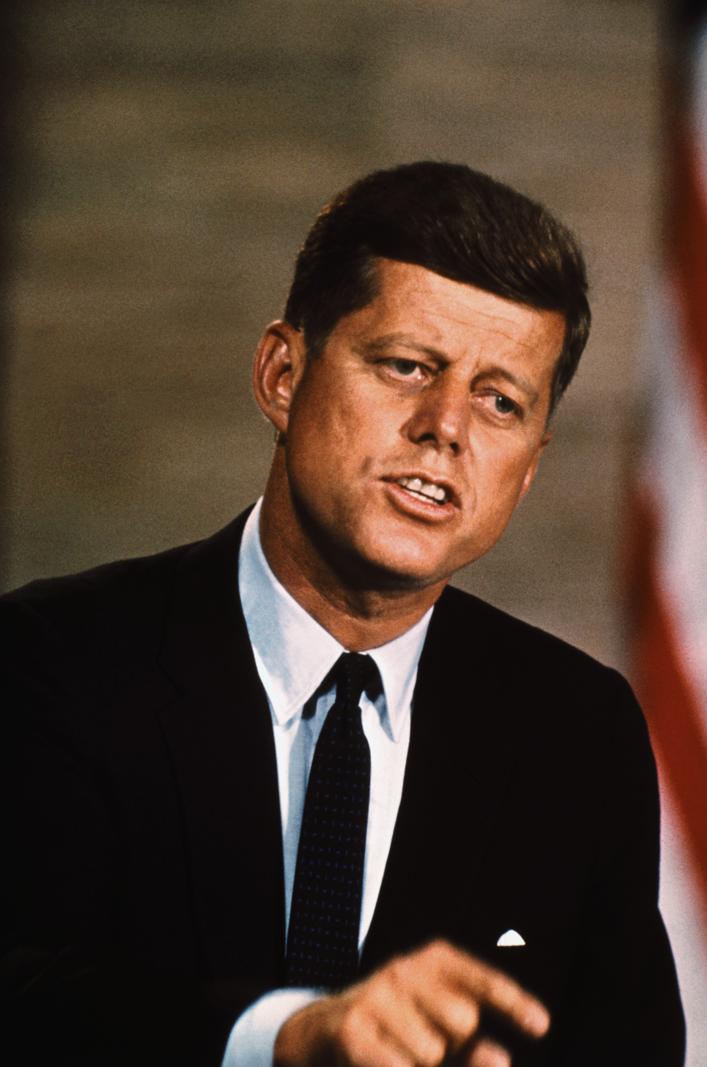
This framing deeply influenced how the public remembered JFK’s administration. It linked the presidency to a romanticized ideal of noble leadership and brief, shining achievement. The “Camelot” metaphor softened the shock of violence by offering a vision of hope and unity.
| Aspect | Explanation |
|---|---|
| Origin | Theodore H. White’s post-assassination Life article first popularized “Camelot.” |
| Mrs. Kennedy’s Role | She quoted the musical’s optimistic lyric, linking JFK’s presidency to idealism and heroism. |
| Musical Popularity | Camelot was a top Broadway hit whose soundtrack dominated LP charts during JFK’s early presidency. |
| Symbolism | Represented JFK’s era as a brief, shining moment akin to the legendary, noble kingdom from the musical. |
| Legacy Impact | The metaphor helped preserve JFK’s image as an inspiring and idealistic leader after his assassination. |
- “Camelot” originated from a post-assassination article and Mrs. Kennedy’s quoted lyrics.
- The reference linked JFK’s presidency to the noble ideals of the popular musical.
- The musical’s widespread success made the metaphor instantly understandable and powerful.
- The metaphor offered the grieving nation a hopeful, heroic vision of JFK’s legacy.
- Mrs. Kennedy’s promotion of “Camelot” helped protect and shape the President’s public memory.
Why is JFK’s Administration Referred to as “Camelot”?
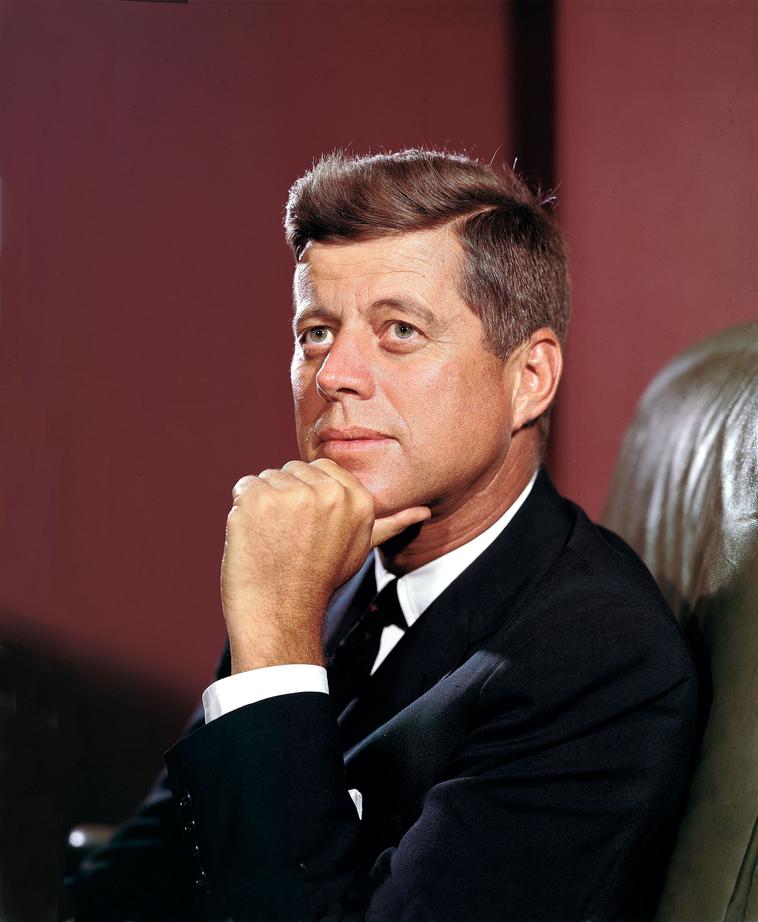
JFK’s administration earns the nickname “Camelot” because, in the aftermath of his assassination, his presidency was framed as a brief, shining epoch of hope, idealism, and heroism—much like the legendary, utopian kingdom from the popular musical Camelot. This portrayal originated from a poignant moment shared by Jacqueline Kennedy and immortalized by journalist Theodore H. White.
The story behind this metaphor has layers. It isn’t just political trivia; it’s a deeply human response to how a nation copes with tragedy. Let’s explore how this whimsical yet powerful image came to define an era and why it still resonates.
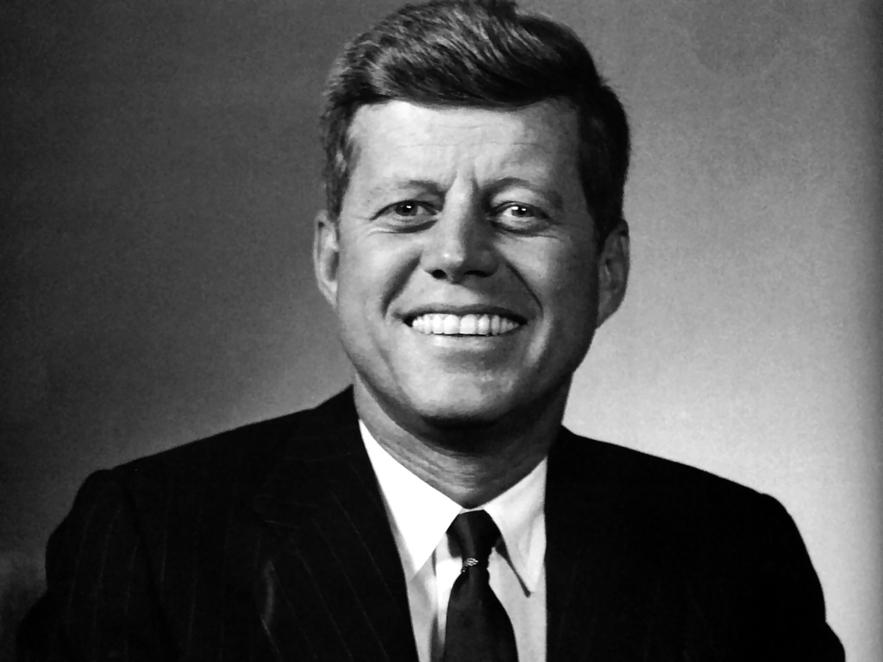
The Birth of the Camelot Myth: A Nation in Mourning
Just days after President John F. Kennedy’s shocking assassination in November 1963, Life Magazine published a heartfelt piece titled “For President Kennedy, An Epilogue” written by respected journalist Theodore H. White. In it, White encapsulated the nation’s grief, concluding with the phrase, “For one brief shining moment there was Camelot.”
This wasn’t a random flourish of poetic license. It was inspired directly by Jacqueline Kennedy, who, in a rare interview shortly after burying her husband, described how JFK loved a particular song from the then-famous musical Camelot. She explained:
“When Jack quoted something, it was usually classical, but… the song he loved most came at the very end of this record. The lines he loved to hear were: ‘Don’t let it be forgot, that once there was a spot, for one brief shining moment, that was known as Camelot.'”
Mrs. Kennedy’s words cast the president’s time in office as that very “brief shining moment”—a fleeting jewel of American idealism.
Why Did This Reference Stick? The Power of Stories and Symbols
Imagine being a grieving nation, suddenly confronted with the loss of a young, charismatic leader. The soaring ideals of JFK’s pledges and persona, cut short so abruptly, left a void. Mrs. Kennedy’s poignant invocation of the Camelot story tapped into this sentiment perfectly.
She further explained JFK’s own view of history and heroism. As a sickly child, he read about heroes and knights of old—a mindset of nobility and high ideals shaped his presidential style. To Mrs. Kennedy, presenting his administration as something mythical, heroic, and hopeful preserved the dignity of his legacy against the darkness of assassination and political cynicism.
This framing was more than sentimental—it was strategic. Reportedly, editors initially wanted to cut the Camelot reference from the article. Mrs. Kennedy insisted it remain. This move ensured JFK’s memory would bear a certain romantic glow, protecting him from posthumous slander or harsh scrutiny.
The Cultural Context: Why Camelot Was the Perfect Metaphor
The musical Camelot, based on the legend of King Arthur and his knights, debuted on Broadway just after JFK’s 1960 election victory. It quickly became a national sensation, starring big names like Richard Burton and Julie Andrews, and boasted an unstoppable cast album that ruled LP charts, even in an era dominated by icons like Elvis Presley and Ray Charles.
This meant that the lyrics Jacqueline Kennedy quoted were part of the cultural soundtrack of the time. Almost every American household had heard that iconic tune. When she referenced the Camelot lyric in the Life interview, it instantly resonated with millions, linking JFK’s youthful presidency with the show’s themes of idealism, nobility, and a fleeting paradise.
The song and its symbolism gave the nation a comforting narrative: although the Kennedy years ended tragically and abruptly, they represented a pinnacle moment of hope and progress in post-war America.
The Lasting Legacy of the Camelot Myth
Why does the term “Camelot” for JFK’s administration persist today? Because it speaks to universal desires for heroic leadership and a better world.
- Romanticizing the Past: The Camelot image turns an ordinary presidency into a legend, making JFK’s tenure seem timeless and almost fairy-tale-like.
- Hope in Tragedy: The idea of “one brief shining moment” offers solace after loss, framing the 1960s’ early optimism as a precious flash of possibility.
- Protecting a Hero: It shields JFK’s image from political attacks and cynicism, casting him as a man driven by noble ideals rather than mere politics.
- Inspiring Future Generations: By linking JFK to knights and heroes of history, Mrs. Kennedy hoped other young people would see the value of striving for greatness.
This story is a vivid example of how language and storytelling shape political memory. The Camelot myth helped America grieve, inspired idealism, and set JFK apart as an iconic figure with an almost mythic stature.
Can We Still Find a “Camelot” Today?
Let’s ask—have our modern leaders ever inspired such a swiftly crafted legend? Could a cultural phenomenon and a national mood come together again as perfectly as they did in 1963?
The Camelot narrative reminds us how stories provide collective meaning. JFK’s presidency, framed as a brief shining moment, teaches a timeless lesson that leadership is about more than policies—it’s about hope, ideals, and the power of myth to connect us all.
Next time you hear the word “Camelot,” remember it’s more than a medieval fantasy. It’s a symbol of how America remembers its own shining moments—and how sometimes, history is shaped as much by stories as by facts.
Why was JFK’s presidency compared to “Camelot”?
The phrase came from a lyric in the musical *Camelot*. Mrs. Kennedy quoted it soon after the assassination to reflect the idealistic and heroic image of JFK’s brief time in office.
How did Mrs. Kennedy influence the “Camelot” myth?
She shared her husband’s love of the musical and insisted the lyric remain in Life Magazine. Her words linked JFK’s legacy to the idea of a brief shining moment of hope.
Why did the “Camelot” reference resonate with the American public?
The musical was very popular at the time, with a top-selling cast album. The lyric symbolized optimism, which matched the nation’s mood despite its grief.
Was the “Camelot” image part of a planned effort?
Some believe Mrs. Kennedy’s interview was carefully crafted to protect JFK’s reputation. It helped ensure a positive legacy against possible future criticism.
What did the lyrics from *Camelot* say about JFK’s presidency?
The key line stated: “Don’t let it be forgot, that once there was a spot, for one brief shining moment, that was known as Camelot.” This implied JFK’s presidency was a short, ideal period.
Did Theodore White contribute to popularizing the “Camelot” story?
Yes, his Life Magazine article shortly after JFK’s death used the “Camelot” metaphor, helping cement it as a national symbol of Kennedy’s time in office.
